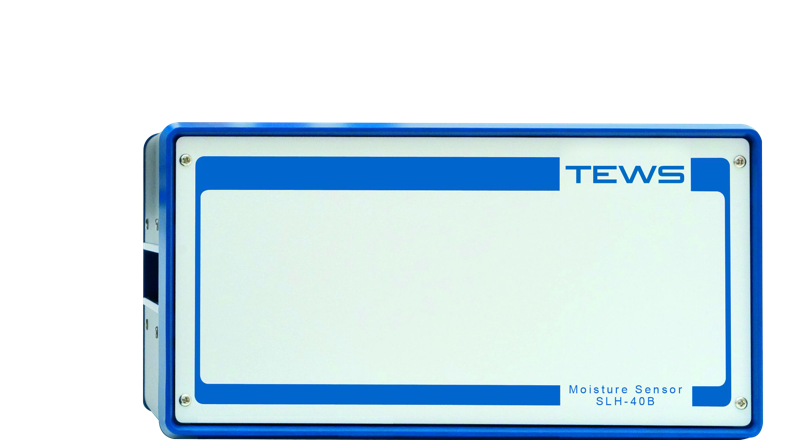Sensors for Every Application.

In practice, moisture sensors need to cope with very different practical requirements depending on the products to be measured, the range of moistures and temperatures, the amount of samples available, the conditions of measurement points etc.
TEWS has developed a broad range of microwave sensors of different designs, sizes and sensitivities. Therefore, the instrument that best suits any potential application can be selected.
Except for a few models, every sensor can be operated in every measurement instrument, which can also be used for changing applications. The sensors feature a built-in ID chip which the measurement system reads out for automatic configuration.
Each Measurement Instrument Is Only As Good As Its Sensor.
This is why TEWS has developed a multitude of different sensors optimal for their implementation. Differentiation according to the location of installation, the moisture and density area, and the product form.
Explore TEWS High-Performance Sensors.
TEWS sensors introduce you to high-performance quality measurement solutions.
- Tubular Sensors – Tubular sensors are filled with the product to be measured. They are suitable for single moisture measurements of powders, granules, pellets etc. Samples of free flowing, non-adhesive products are simply poured through a hopper and, after analysis, released into a dish or similar container under the sensor. Samples of sticky or staining substances or materials that are detrimental to human health can be put into a beaker which is then sealed and briefly placed in the sensor for measurement.
Tubular sensors are used mainly for laboratory use or for making random sample measurement during production. They can be installed in a conveyor bypass, where they are automatically filled and emptied to produce a semi-automated online analysis. Tubular sensors are also suitable for measurement density. - Planar Sensors – Planar sensors can be installed at a suitable location along a conveyor belt or in a container, to measure the moisture of bulk material in process systems. The product to be analyzed moves in direct contact across the sensor. Stainless steel and high-strength ceramics are used so that the sensors are robust and durable.
- Fork Sensors – Fork sensors are made up of two semi-cylinders that generate the microwave field between them. A typical product sample to be measured will usually come in the shape of boards, foils, strips or fibers, which pass through the fork sensor. Samples can also be pulled continuously through the sensor, which makes fork sensors suitable for both laboratory and process system applications.
- TipTop and Other Special-Purpose Sensors – These sensors can be installed on planar surfaces where they are fixed locally to measure very small sample volumes - of approx. 0.5 cm3. Other special-purpose sensor models can measure the moisture in up to 12 small-size objects at the same time.
- Combination Possibilities – Almost all TEWS sensors are available in one process and one laboratory version and combinable with all electronic series (outside of MW-T). TEWS employees will help you with your selection.